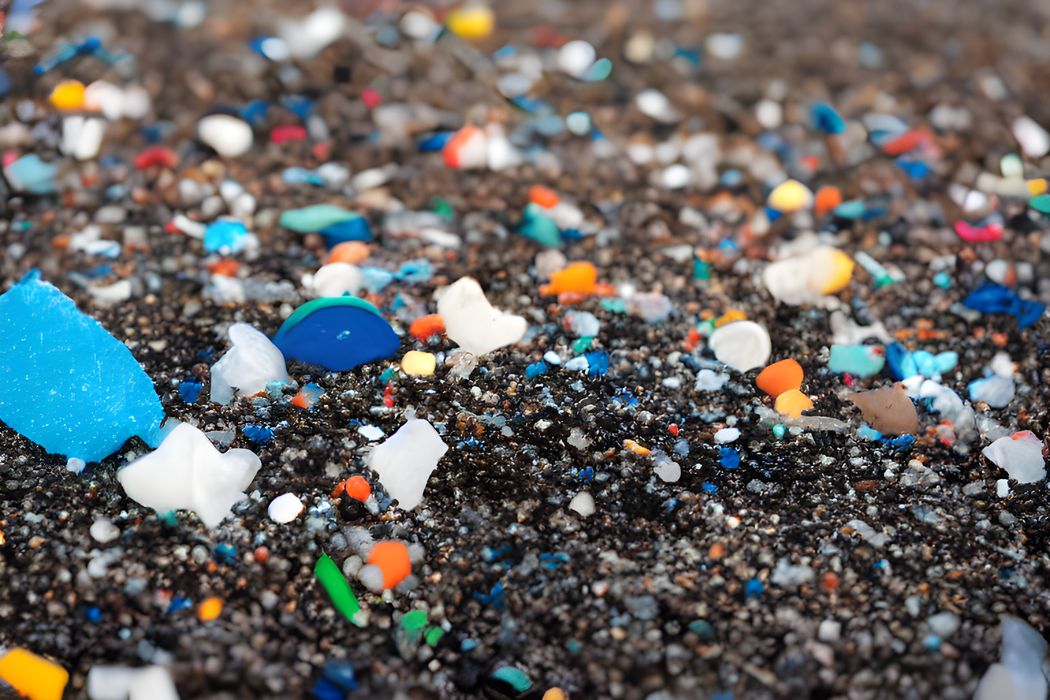
There may be significant changes in the way polymers are made and used in future 3D printing systems.
A report on The Guardian describes the scene at a recent international conference on plastic pollution. The intent of the conference was to address the rapidly growing plastics crisis.
The world has never seen so much plastic, with something near 400M tonnes produced each year. The issue is that some 14M tonnes of that somehow ends up in the ocean.
Water-borne plastic is becoming dangerous. The environment breaks down the material into small bits, “microplastic”, which is then carried around the world through the water cycle. Nowadays you can find traces of plastic chemicals basically everywhere: the ocean, lakes, soil, snow, and it’s getting into living beings as well, humans included.
These chemicals are often undesirable in the body, and can cause all kinds of negative effects. Some of them are known as “forever chemicals” because they never break down, and thus can accumulate in the body, eventually to toxic levels.
Because of this, many nations are beginning to realize some form of controls are required on plastics production, distribution and usage. This eventually led in 2022 to a UN decision to begin discussions on a global treaty to end (or at least reduce) plastic pollution. The goal is to sign a treaty by 2024, and discussions on the treaty’s contents has now begun at the most recent conference.
Some of the aspects under discussion include:
- Mandatory restrictions on specific dangerous chemicals
- Harmonized product design standards
- Mandatory transparency requirements
- Measures on extraction of raw materials
- Specific material sources
- Mandatory reporting across full lifecycle
- Provision for fishing gear
- Supply-side measures to eliminate or limit polymer production
- Dedicated multilateral funding
As you may expect, thoughts from the near-200 countries attending differed significantly about these and other topics. But at least the discussions are underway, and ultimately a treaty of some sort will emerge.
As for 3D printing, this treaty could be of utmost importance. By far the majority of 3D printing takes place with polymers, and that’s precisely what this treaty will address.
Terms like “eliminate polymer production”, “full lifecycle reporting”, and “transparency requirements” have direct implications on our industry’s use of polymers.
3D Printing Implications
Some thoughts:
Harmonized product designs would be incredibly useful. This would suggest that if you buy a spool of a specific ASA, it has the same chemistry as any similarly labelled ASA product. This would greatly aid in printing consistency as there would be fewer “material surprises”.
Some chemicals used in certain 3D printing polymers might become restricted. This could suggest those materials may disappear from the market and would have to be replaced with safer equivalents.
Transparency requirements would suggest each polymer provider, including those producing 3D print products, would likely have to produce reports to detail their products’ sourcing, production and more. This would be welcomed by 3D printer operators, but more work for the producers.
Full lifecycle reporting almost certainly will include the disposal part of the lifecycle. That smeans that non-recyclable 3D print materials would be viewed negatively, and thus a push towards recyclable materials could begin. This may spur the development of proper recycling approaches for 3D printing that have never succeeded to date.
Limiting or reducing polymer production will also trigger much effort on recycling. Unfortunately this may also lead to higher prices for polymers, but that would be the cost of safety and sustainability.
Via The Guardian
